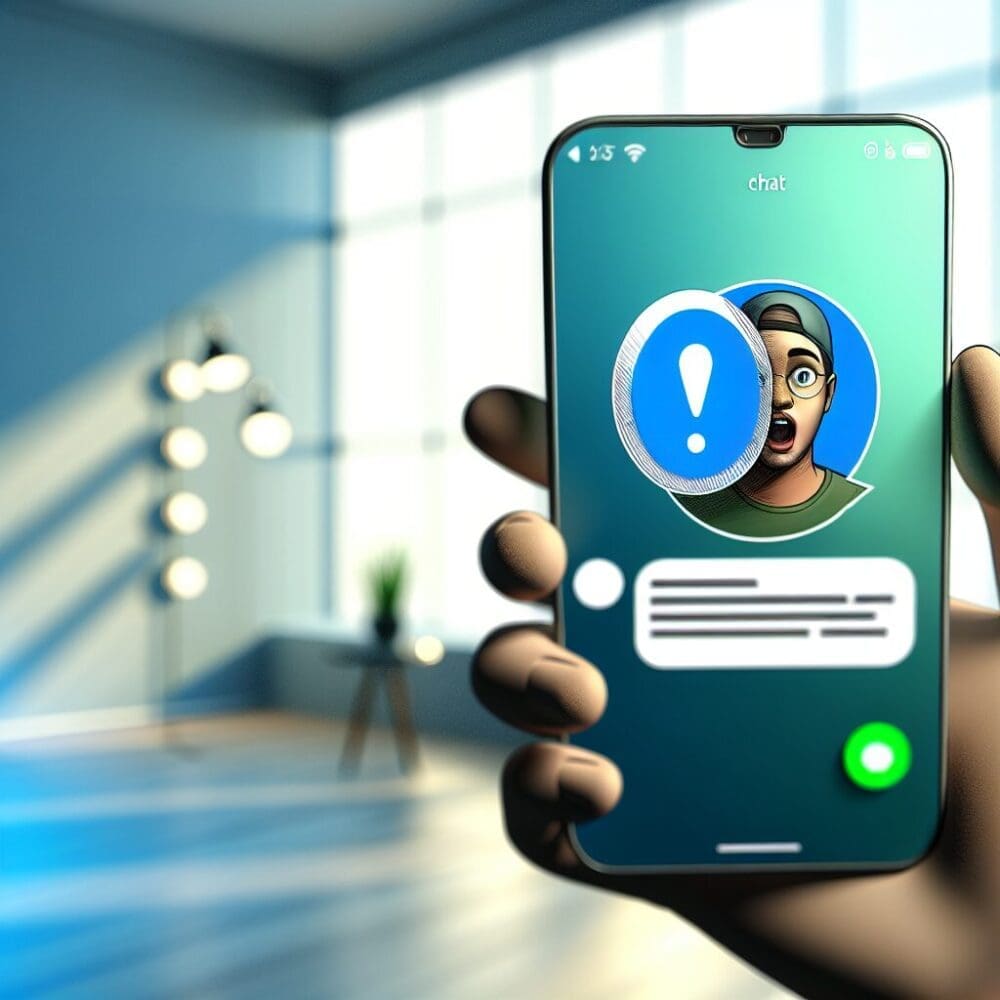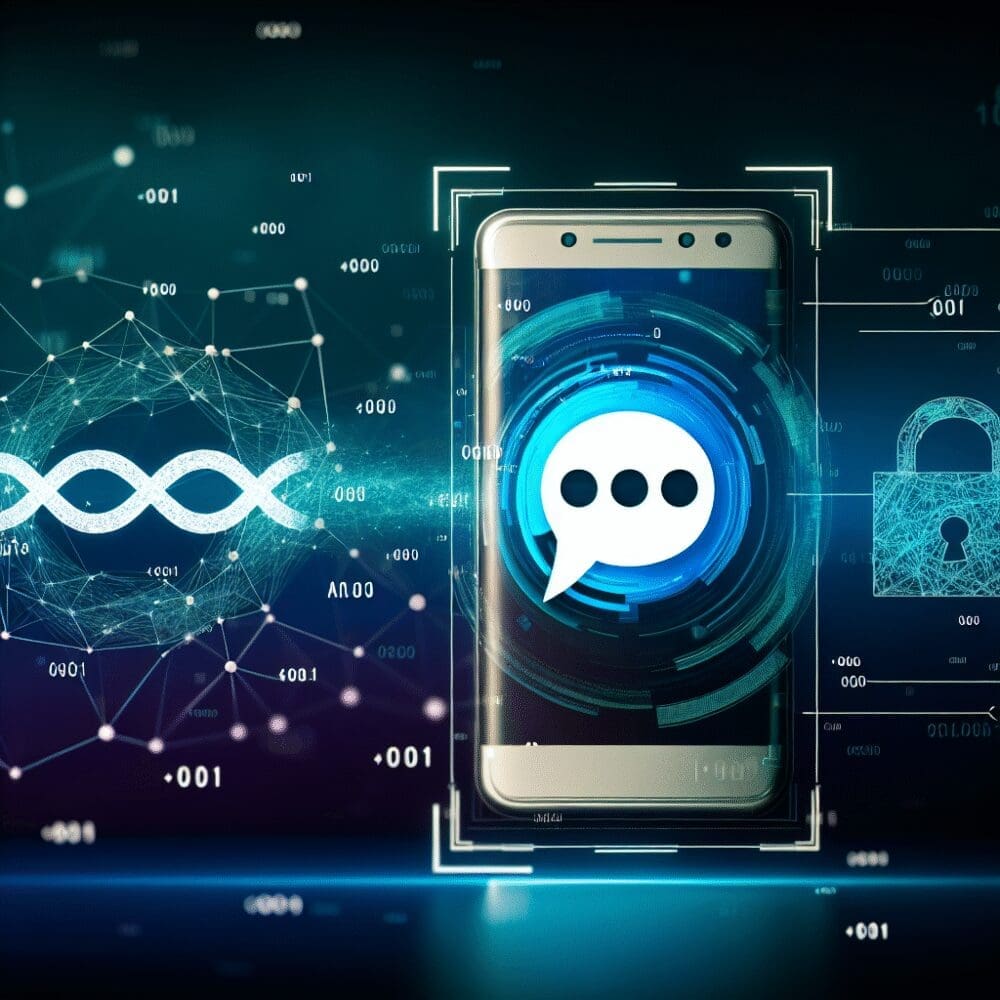“`html
WhatsApp’s New Blue Circle Feature Explained: No Opt-Out Available
WhatsApp has introduced a new feature that is catching the eye of its vast user base globally – the Blue Circle. A feature that promises to redefine user interaction, it brings along a slew of reactions and no small amount of controversy, particularly due to the unavailability of an opt-out option. This blog post digs deep into what this feature entails, how it impacts users, and the broader implications for digital privacy and communication.
Understanding the Blue Circle: What Is It?
The Blue Circle feature on WhatsApp is part of the app’s ongoing efforts to enhance user engagement and experience. But what exactly is this feature? In essence, the Blue Circle appears around profile pictures of contacts when a particular set of criteria is met. Here’s what we know so far about its workings:
- Real-Time Status Update: The Blue Circle acts as a real-time indicator, flagging when a contact’s status has been recently updated. This enables more dynamic and spontaneous interactions within the app.
- Increased Visibility: By notifying users of updated statuses through a visual cue, it encourages users to check friends’ updates more frequently than the traditional text-based status.
- Promotional Interaction: Initially, the blue circle encourages users to interact with both known and lesser-known contacts, bringing potential promotions to user-based updates.
Why Some Users Are Wary: No Opt-Out
Privacy Concerns
One of the most controversial aspects of the Blue Circle feature is the lack of an opt-out option, which has raised eyebrows among privacy advocates and users alike. Key concerns include:
- Lack of Control: Users are concerned about not being able to control who can see their updated statuses and the inability to opt-out of having the Blue Circle feature applied to their profiles.
- Potential for Misunderstanding: With constant visibility of status updates, users fear misunderstandings could arise regarding online availability and willingness to chat.
- Data Usage: The new feature necessitates background data usage to keep status updates real-time, potentially leading to higher data consumption than before.
Social Pressure
Besides privacy, there’s the social aspect:
- Compulsion to Engage: The feature creates subtle social pressure to continuously update one’s status or risk being seen as inactive.
- Impact on Mental Health: For some, this raise in expected social engagement can increase anxiety and digital fatigue.
WhatsApp’s Vision: A Connective Future
WhatsApp has long aimed to deliver efficient, seamless communication across the globe. The Blue Circle feature underscores their commitment to turning WhatsApp into a more interactive and engaging platform. Notable benefits proposed for its users include:
- Improved User Interaction: By leveraging the Blue Circle, users might engage more with each other, enhancing the social aspect of the app substantially.
- Business Opportunities: Businesses may soon utilize this feature for marketing purposes, which could enable targeted promotions based on recently updated statuses.
Balancing Privacy with Connectivity
WhatsApp consequently faces the challenge of creating a balance between maintaining user privacy and the desires for greater connectivity and user engagement. Key considerations for this could include:
- Introducing Customization Mechanisms: Allowing users to embody personalization by choosing who can see their status updates and the frequency of being notified.
- Foundational Privacy Settings: Ensuring robust privacy settings to cater to different user preferences and avoid the perception of invasive data strategies.
- Transparent Communication: Constantly updating users about feature changes helps in securing user trust.
Conclusion
WhatsApp’s new Blue Circle feature highlights the company’s quest to innovate and foster deeper connections among its users. While this feature offers enhanced interaction opportunities, its implementation without an opt-out has sparked widespread debate on privacy and user choice. The feature might be beneficial for increasing engagement but balances must be struck to ensure user trust isn’t compromised. Privacy experts and users await to see if WhatsApp will adjust this next step in digital connectivity to assuage these concerns.
As the digital world keeps evolving, the onus is on app developers to uphold and respect users’ privacy and control over their digital presence. Meanwhile, users should remain informed and vocal about their needs to shape future digital experiences positively.
“`



